Guest writer: Anna Nilsson Spets
Another market day in another dusty hole, Turmi, in southern Ethiopia, a leg-stretcher and good for the bum after x number of hours on terrible roads.
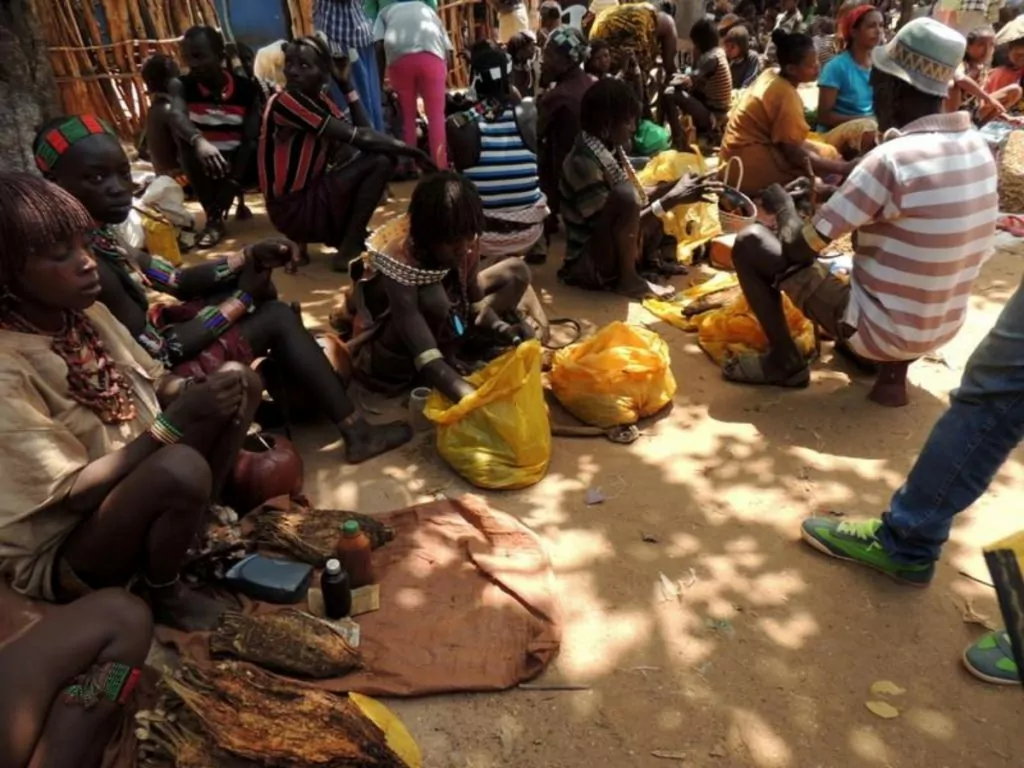
Hamer tribe members have walked for hours to sell their goods, which are placed on cushions in the dust. Dried gourds used for everything from drinking vessels to bags, staple grains and vegetables, tobacco leaves, someone selling firewood, another selling khat, the drug that keeps hunger at bay.
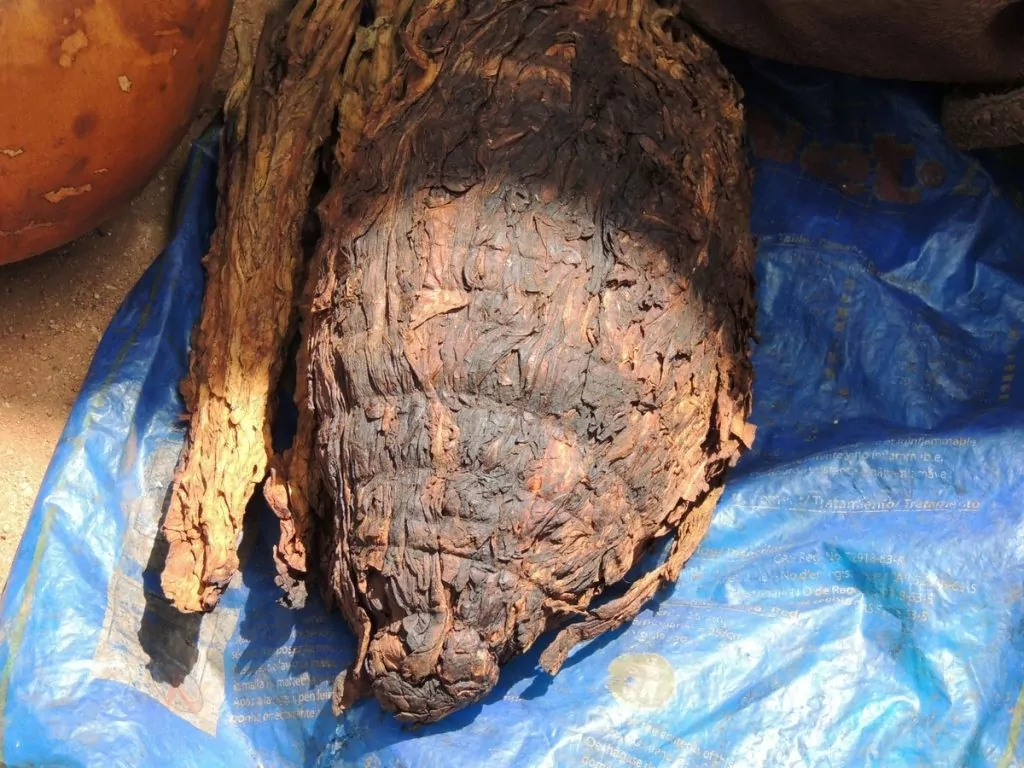
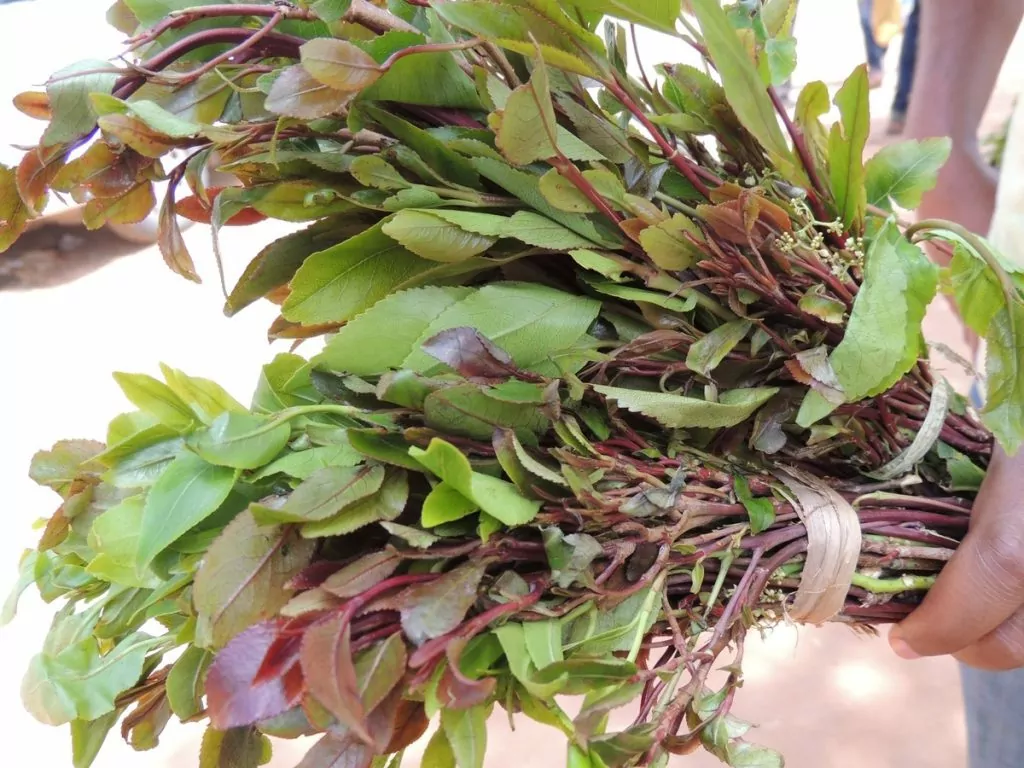
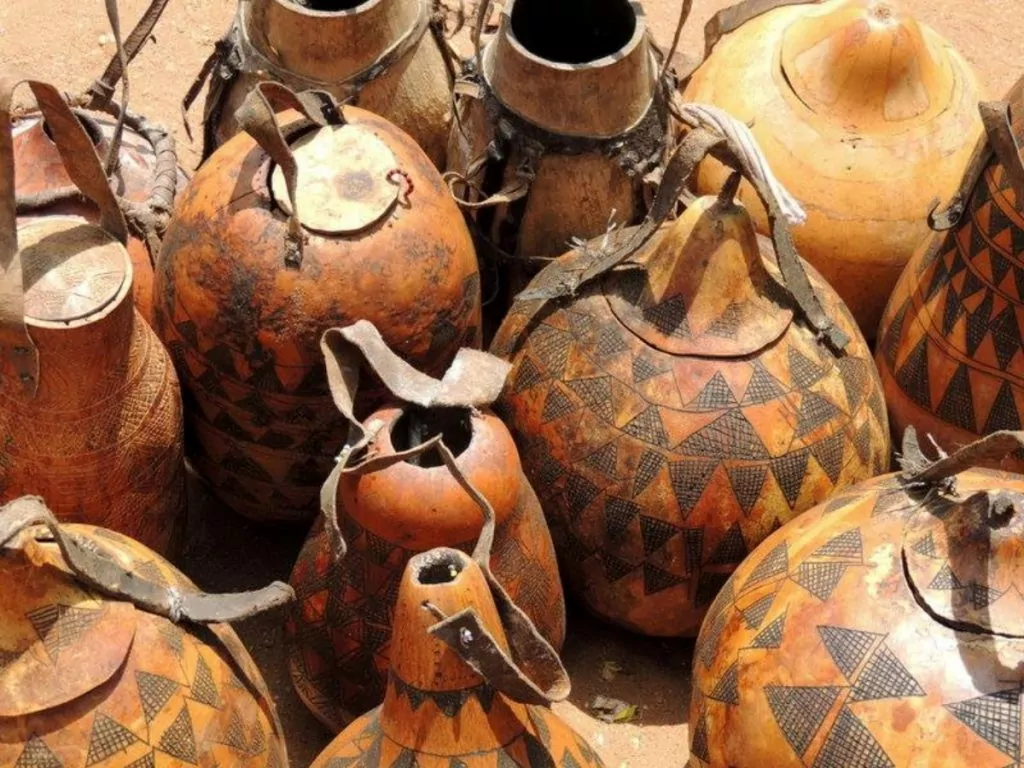
Bargaining, discussions and friends meet over a honey beer. My guide Shimse is told that there is a manhood ceremony going on, a so-called bulljumping. For sure, you want to see it.
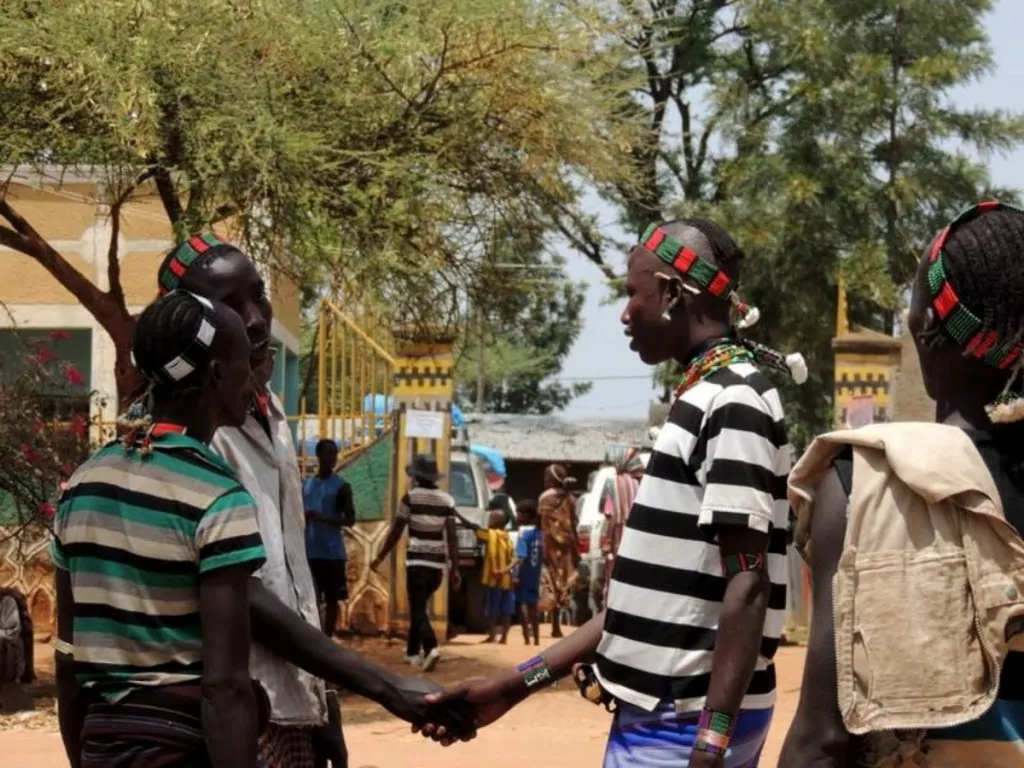
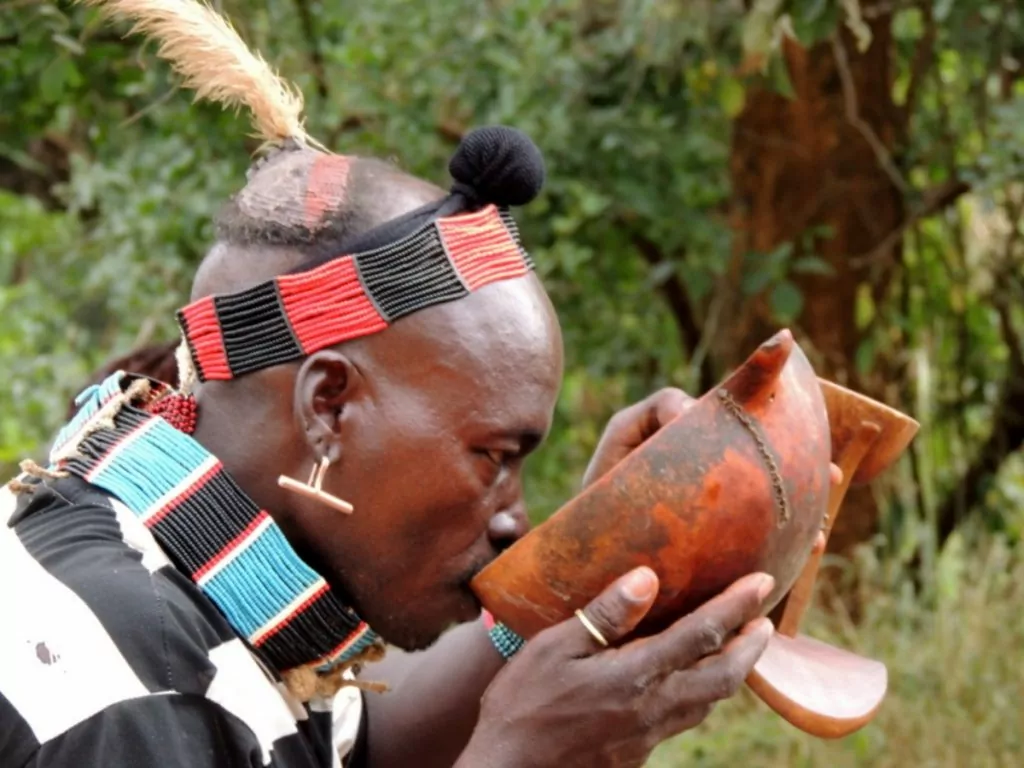
The most numerous tribe in the Omo Valley is the Hamer with a population of 50,000. The word Hamer means 'people who live between mountains and rocks'.
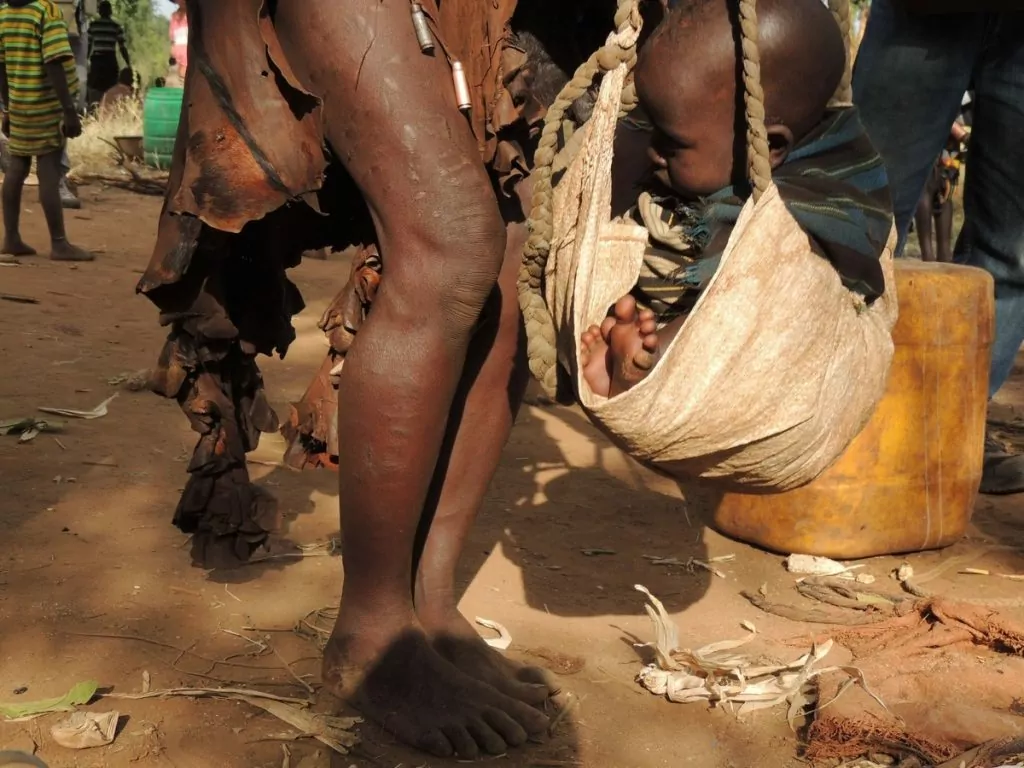
Hams are nomads, looking for a place to live where they can find food and water for their animals and the opportunity to grow crops. When the land offers nothing more, they pack up and move on. Livestock management; cows and goats are the most important, they drink the milk but also the blood. Collecting honey is another daily task. They believe that the earth/land is owned by everyone and that it is free to use what it provides.
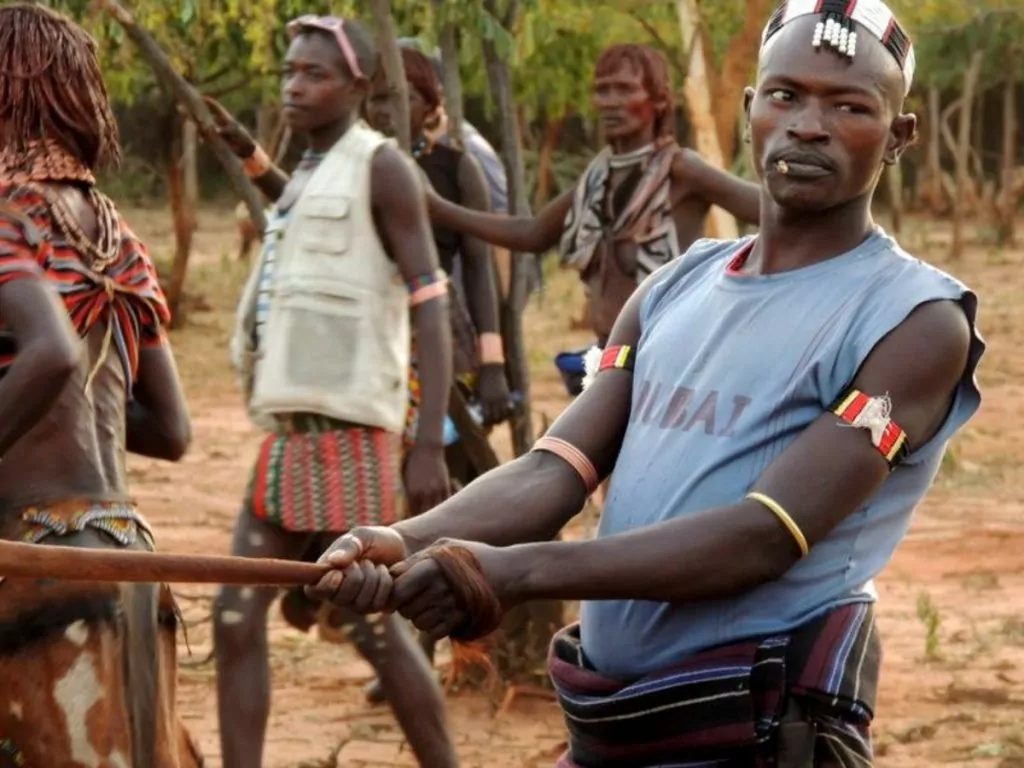
The huts are round and very simple, often built in a ring so you can keep your cattle inside the ring and protect them from other animals.
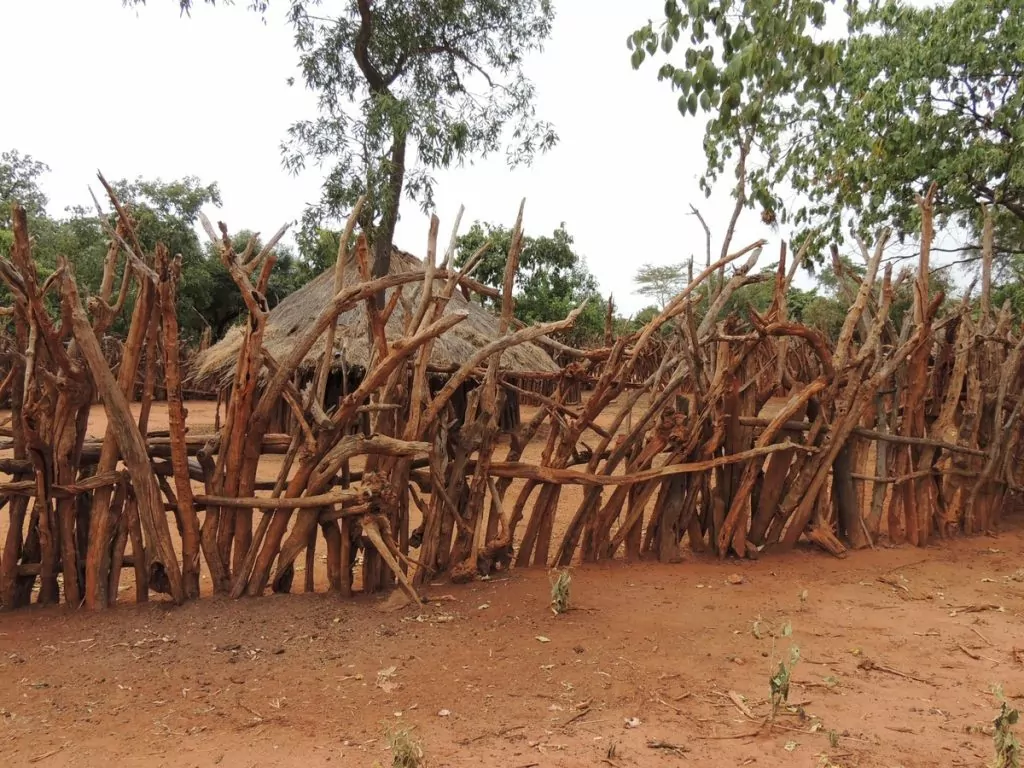
Work in the village is divided between the sexes, with men and boys looking after the animals and building the huts, and women doing what they have always done: children, cooking and farming.
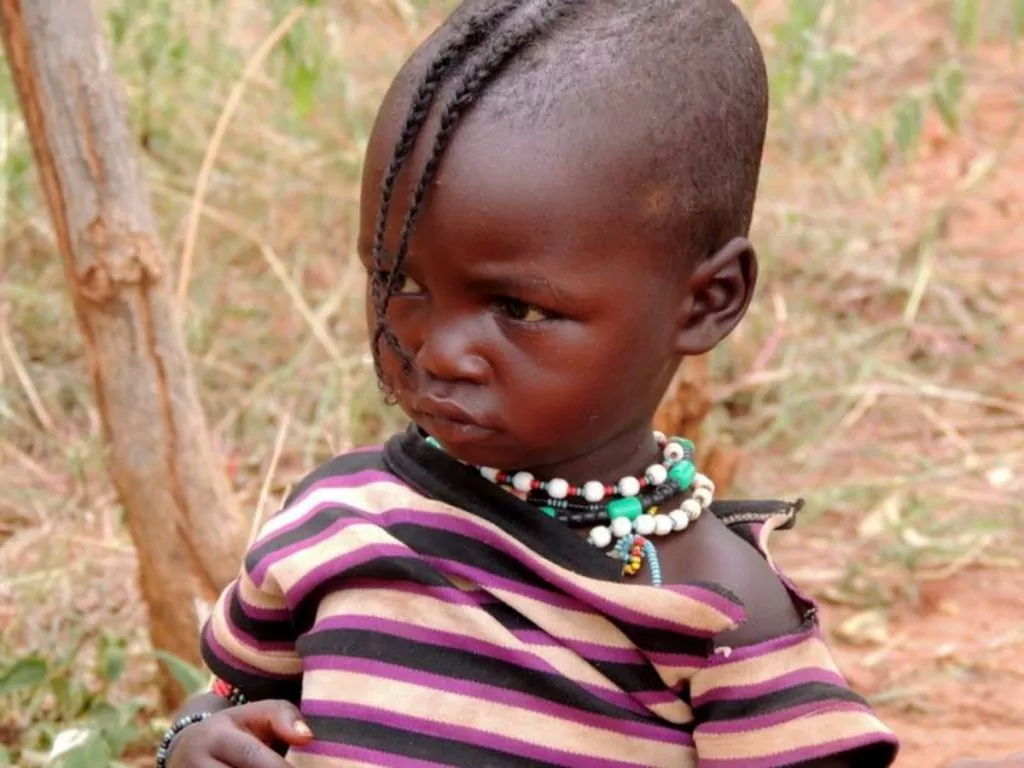
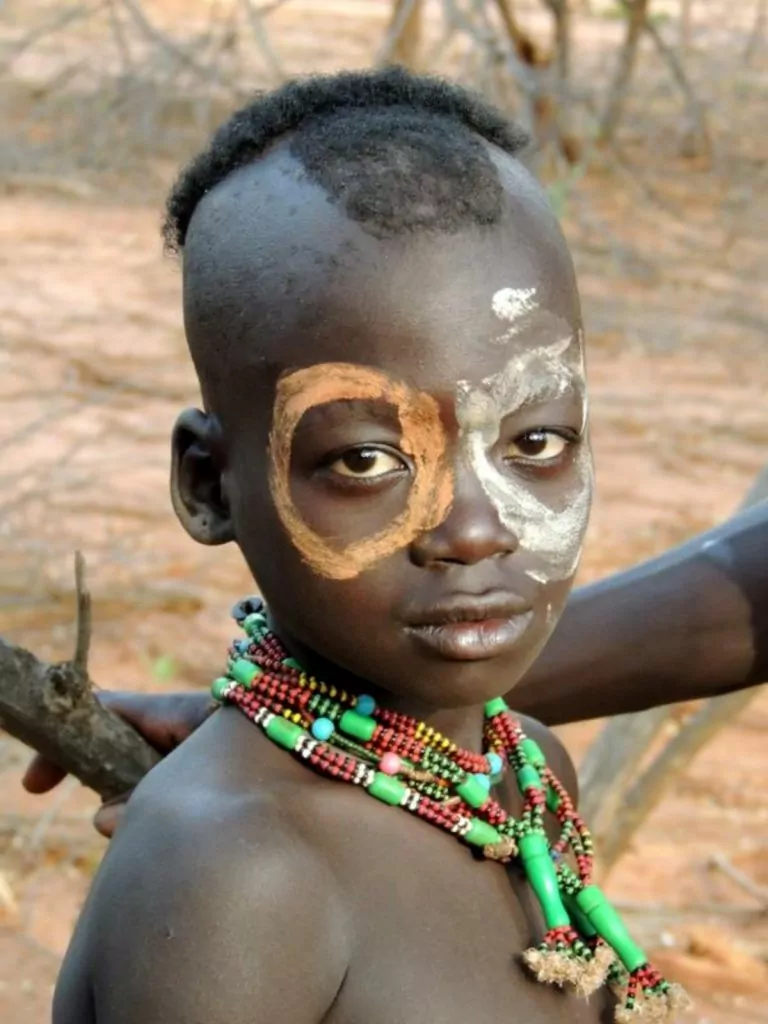
Bulljumping is one of Hamer's most important ceremonies marking a boy's transition to adulthood. The father of the house decides when the eldest son is ready, receiving a wooden phallic symbol which he shows to young girls in exchange for kisses. The phallic symbol is also displayed during visits to the different families of the tribe.
Long before the ceremony, the head of the family sends out invitations to relatives, friends and tribe members from near and far. They don't email their invitation, or call, they send a strip of bark with x number of knots, a knot is cut every day until the ceremony.
It's a three-day celebration, with the last day being the rite itself.
Male members of the tribe prepare the boy through various rituals. His head is partially shaved, he is scrubbed with sand, then smeared with dung and finally decorated with a bark cross across his chest to protect him from evil spirits.
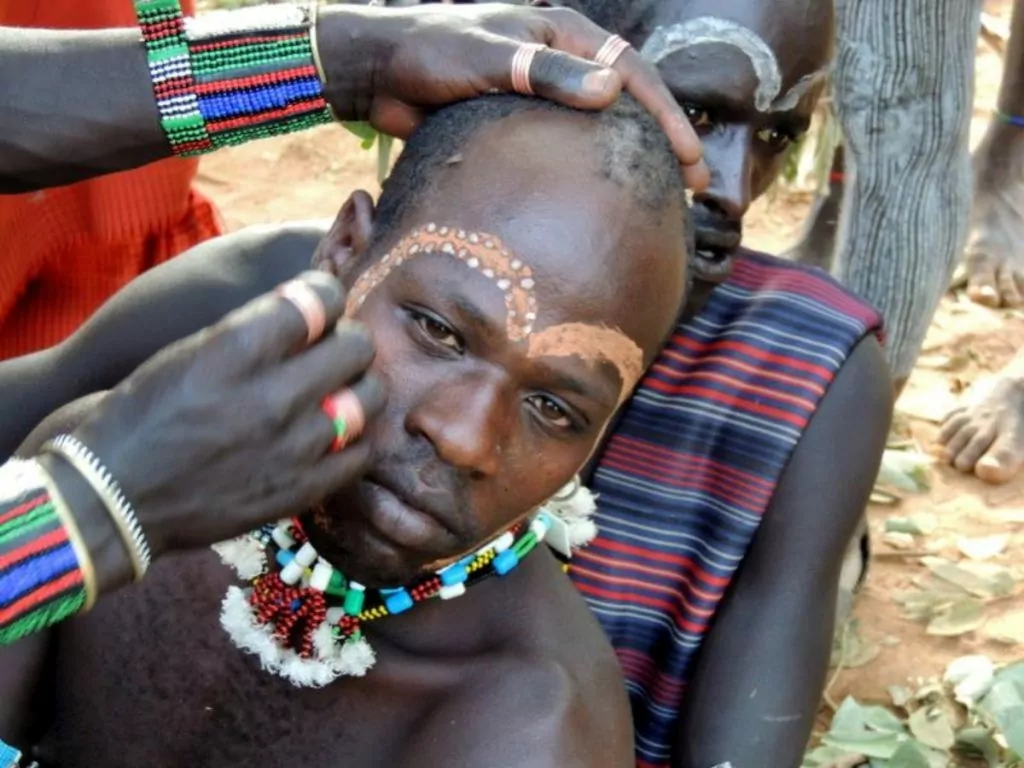

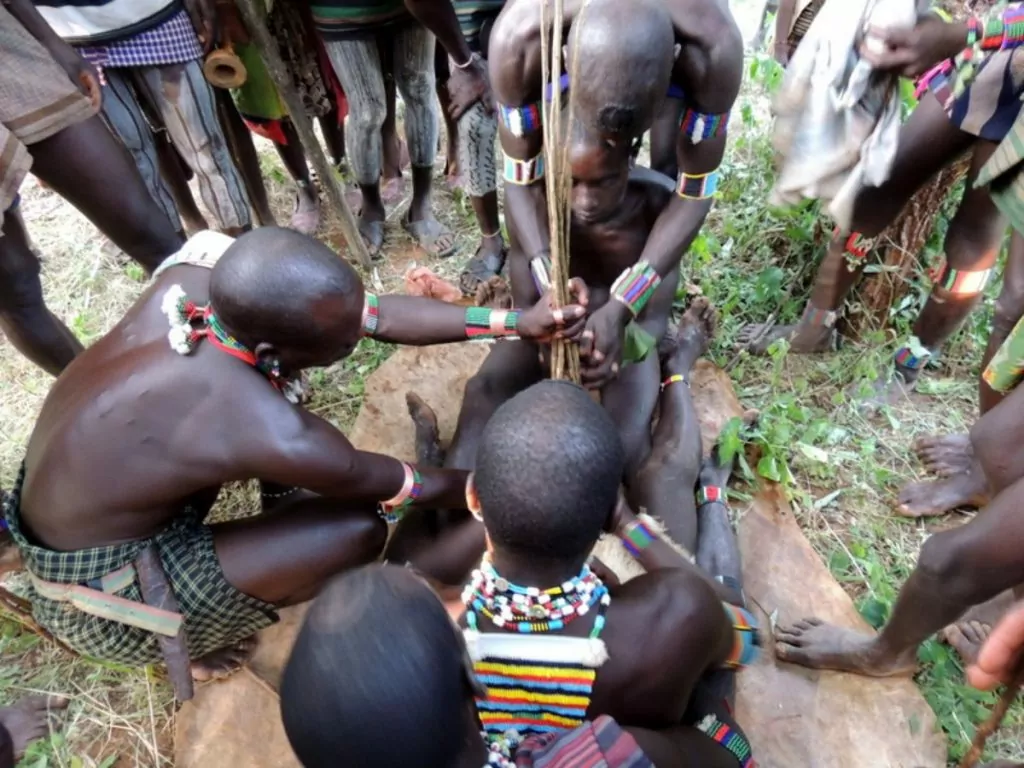
Meanwhile, the atmosphere is heightened by dancing, singing and whipping. Girls and women allow themselves to be whipped by mazas, men who have already undergone the rite of manhood. The whipping is a way of showing their love and reverence for the boy who will hopefully be considered a man afterwards.
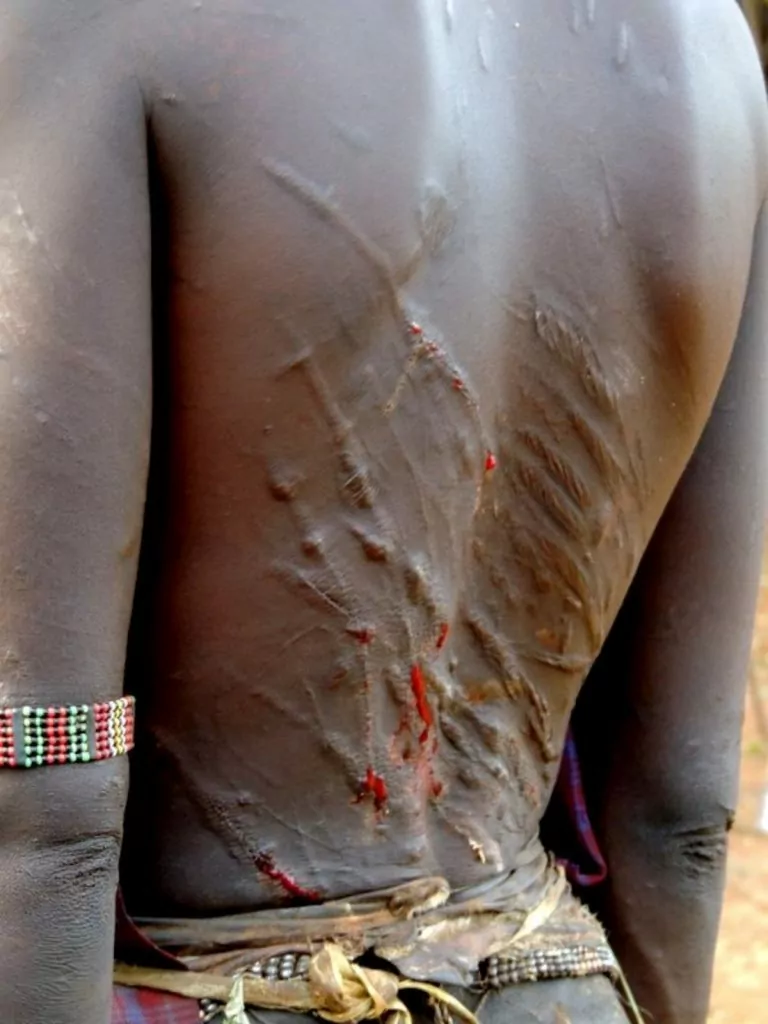
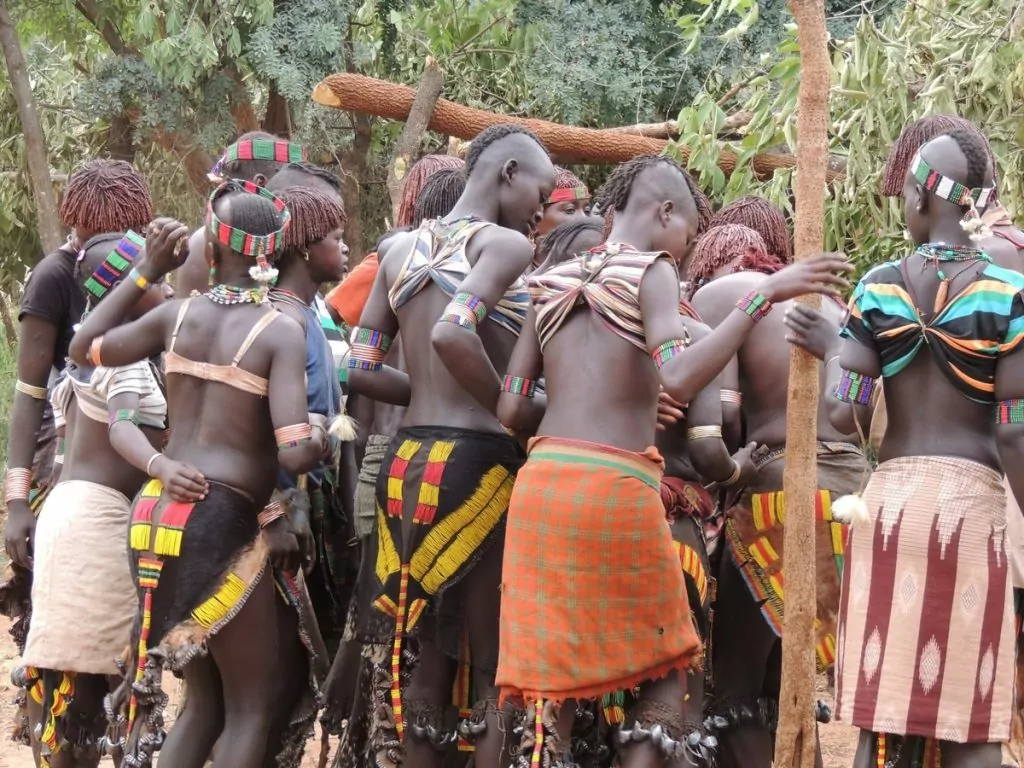
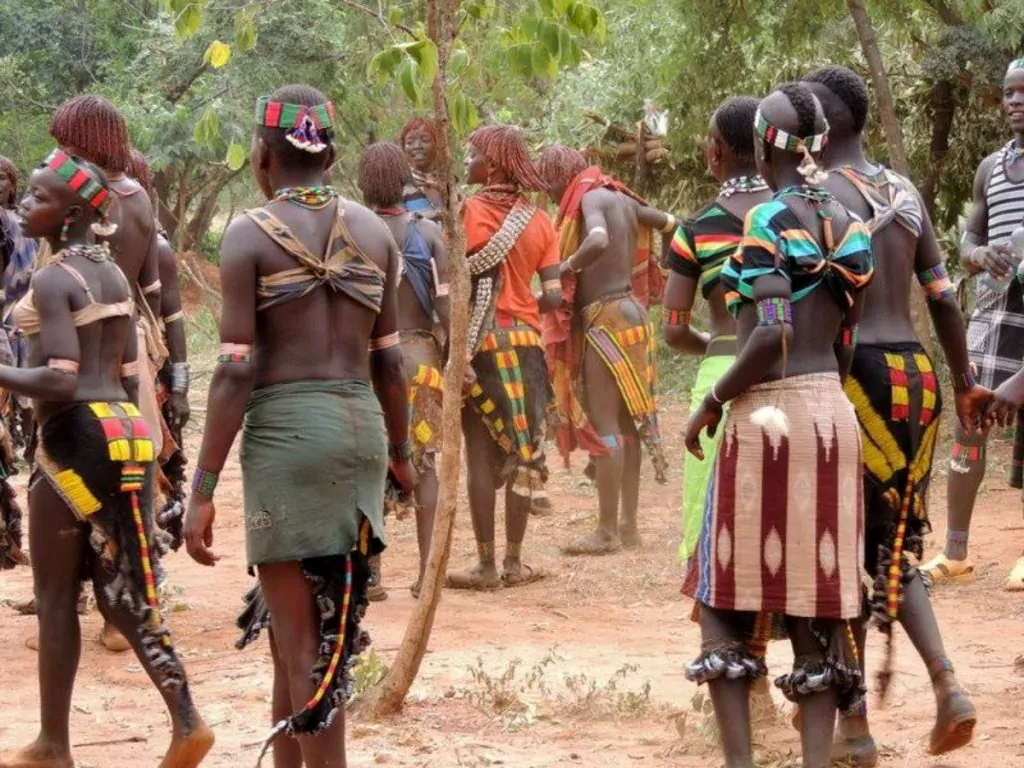
The climax is reached when the dung-smeared cattle are lined up, the boy emerges naked from the bush and must run over at least 8 animals without falling. Four laps or more over the steers must be completed.
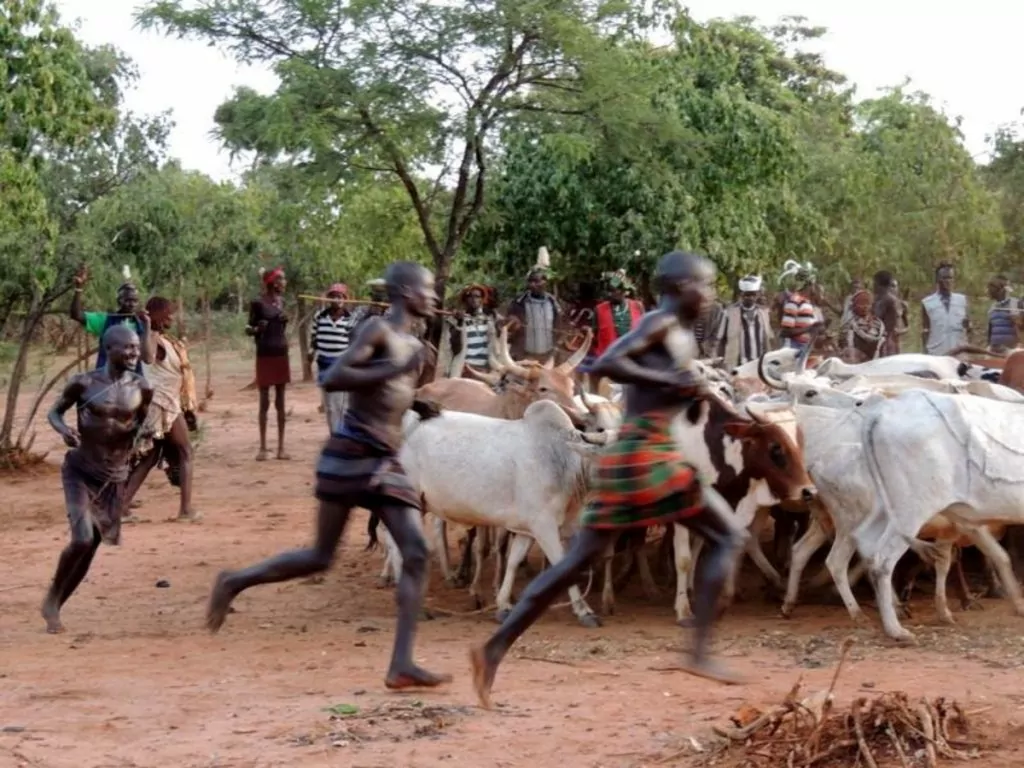
The atmosphere is trance-like, the women dance with bells around their legs, blowing simple trumpets.
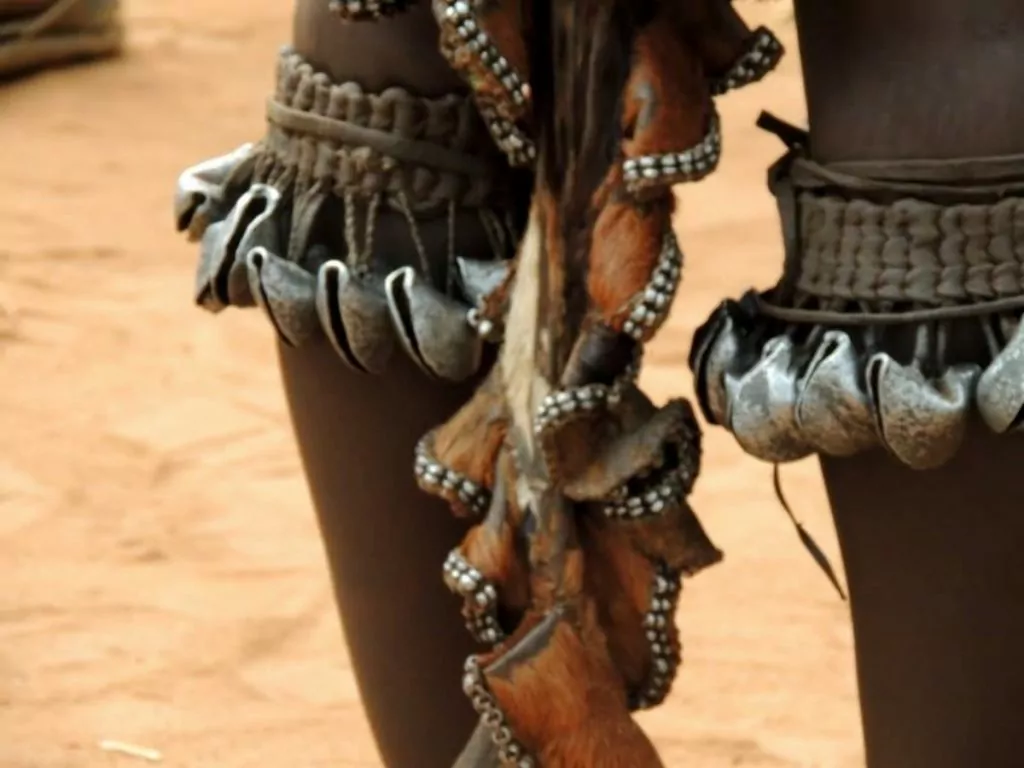
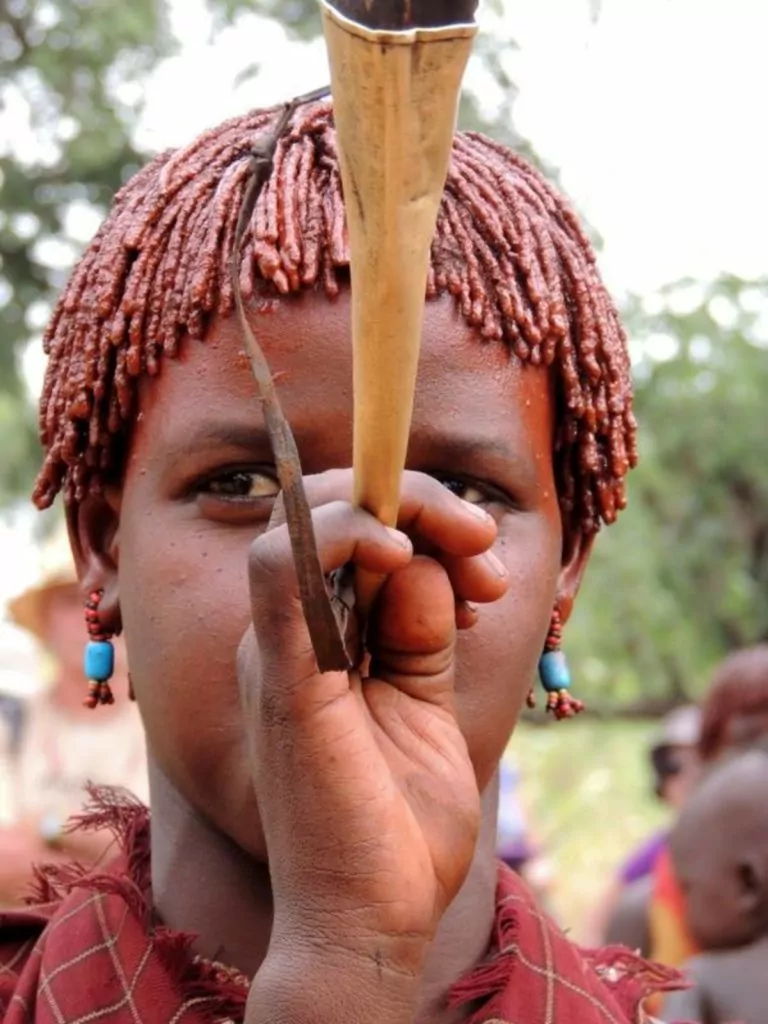
If he misses, falls, it is a great shame for himself and his family and another attempt can only be made after a year. If he succeeds, there is a kind of blessing from the mazas and elders and the rest of his hair is shaved off. Now he is ready for marriage and can keep his own cattle.
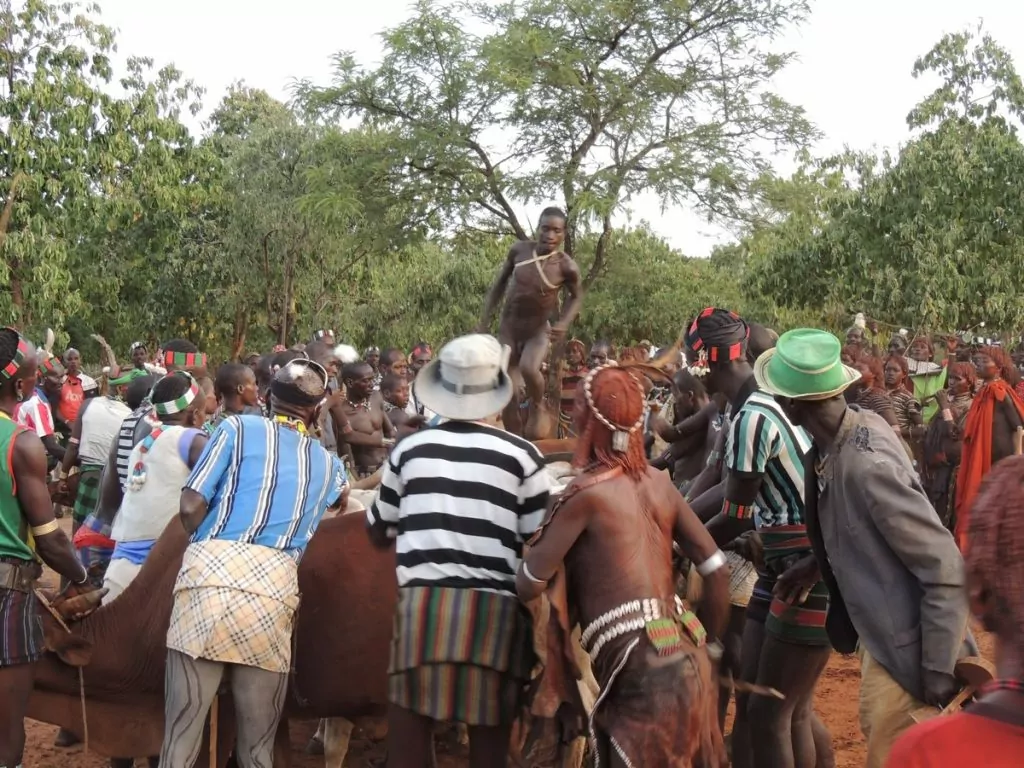
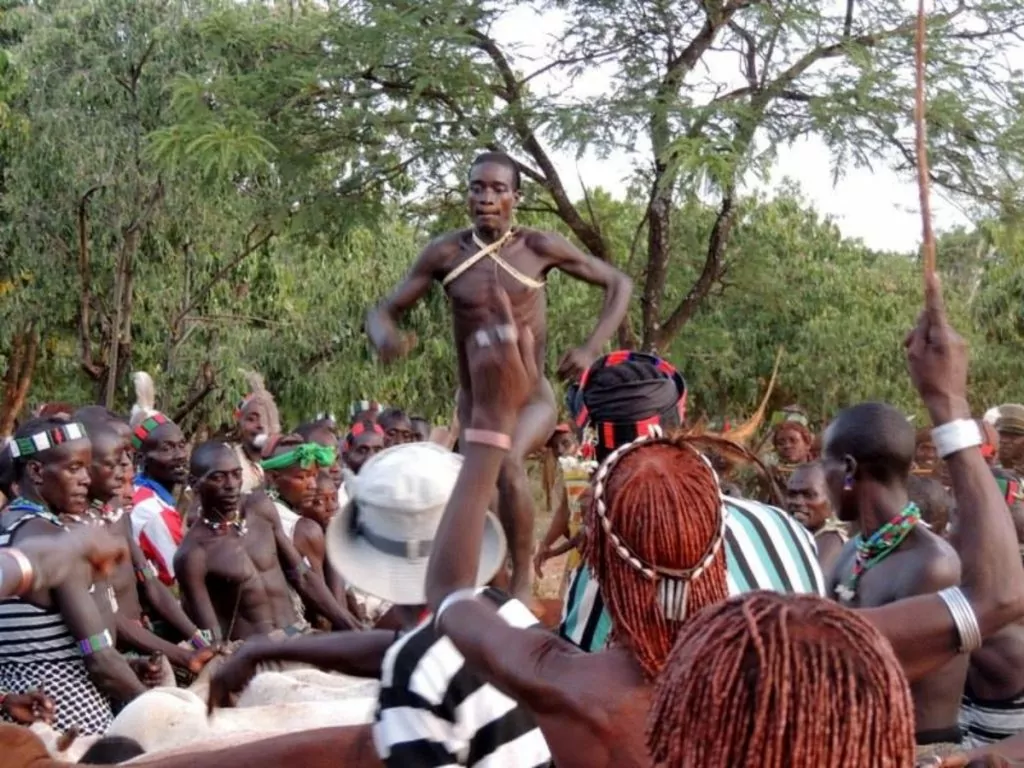
Marriage is decided by the man's parents, who can be very restrictive in their choice of wife. Girls generally marry at the age of 17.
The Hamer tribe practises intermarriage, sometimes the wife of a deceased husband takes a brother or relative as her new husband. The bride price is high, 30 goats and 20 cows, a price that can take a lifetime to pay.
Decorating the body is very important for both men and women. Men usually have a shaved head but leave a head of hair which they mould with a kind of coloured clay, decorating it with a pair of ostrich feathers. The hairstyle is proof that an enemy or dangerous animal has been killed. And yes, you can see Hammermen armed, protecting their livestock from theft and predators.
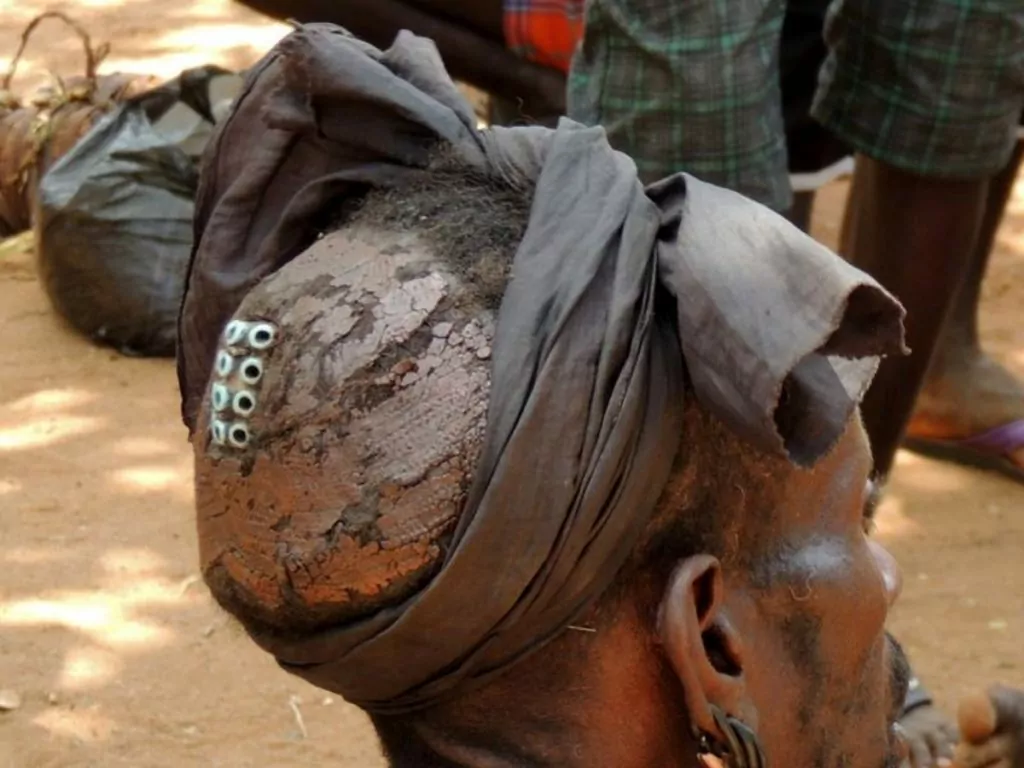
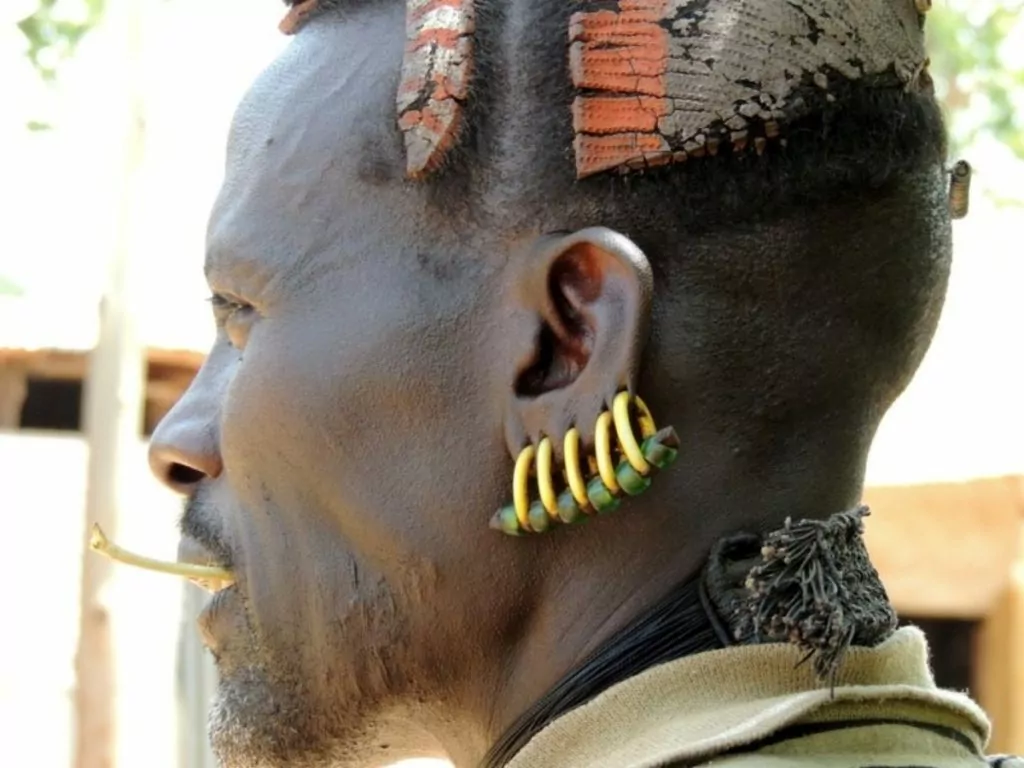
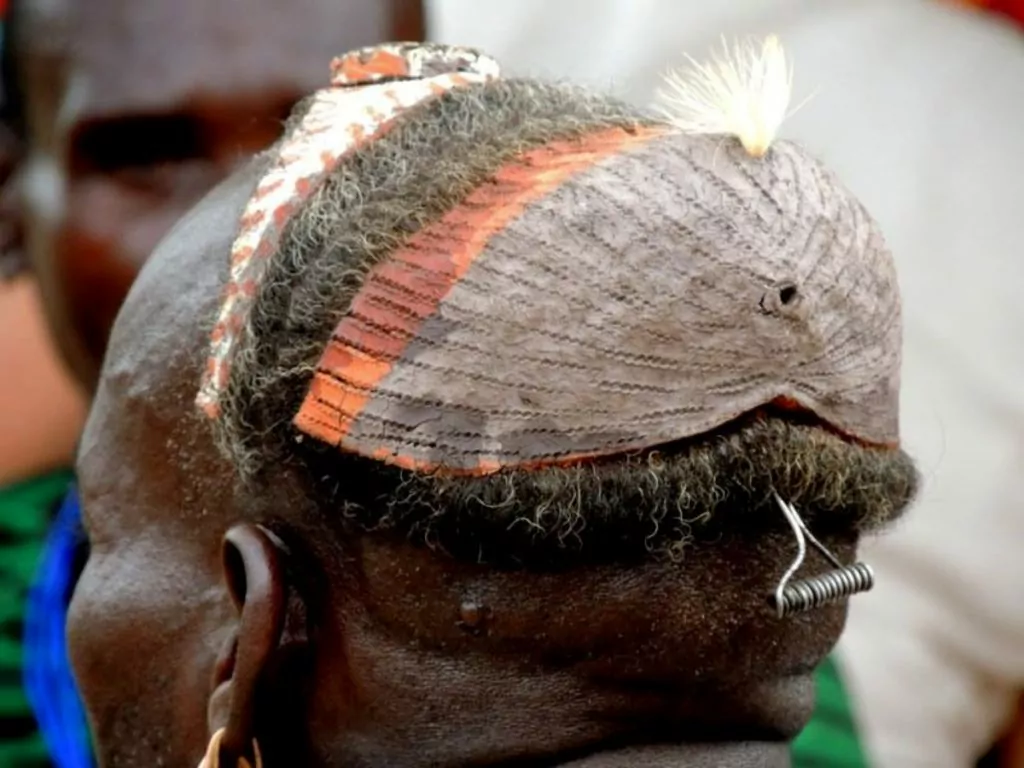
Like the women, they wear bangles with black and red beads. A small pallet-like object, the berkota, is often carried along, used to sit on or lean the head against when resting.
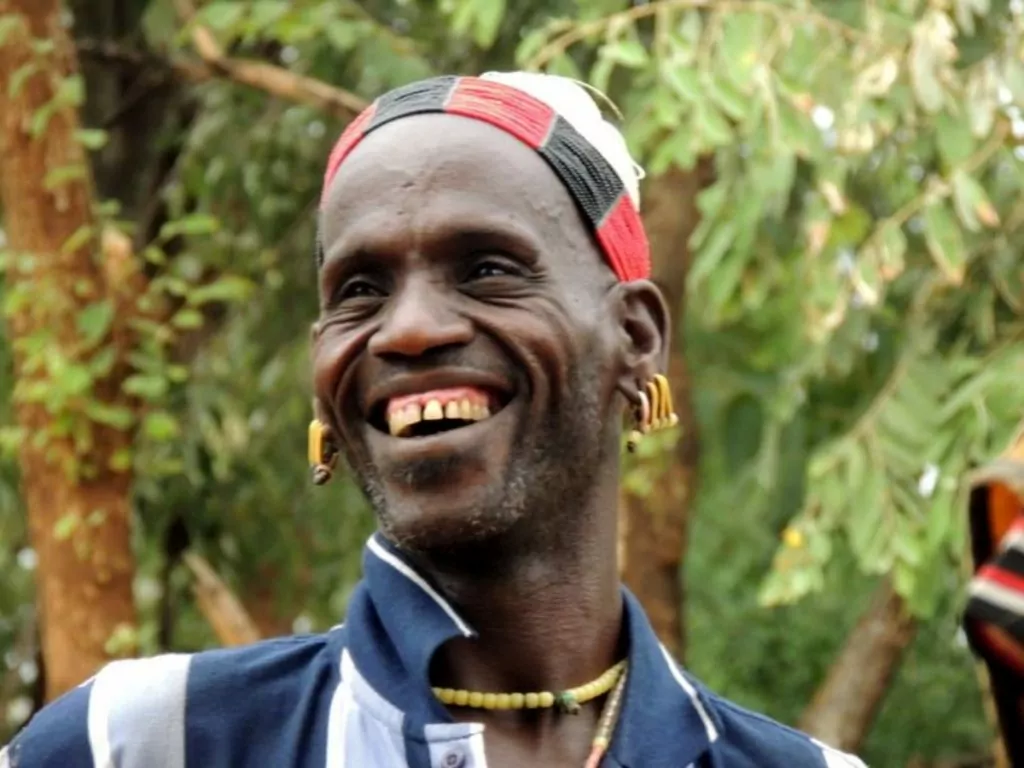
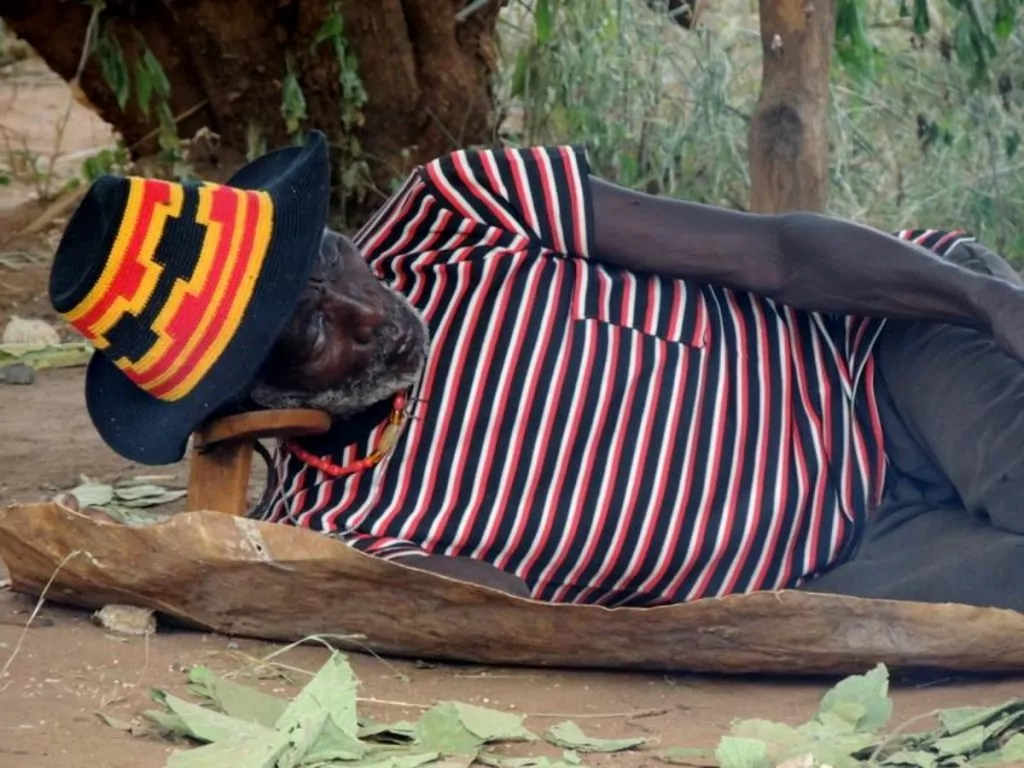
Girls and women love their beads in many colours, they braid their hair and smear it with butter and ochre.
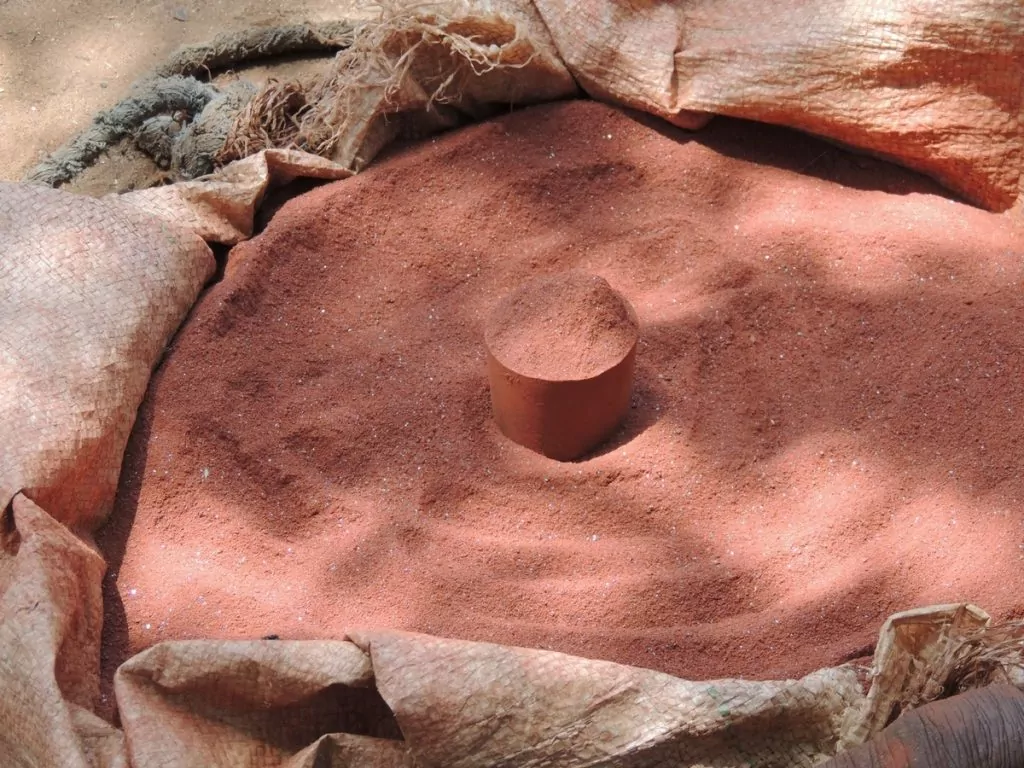
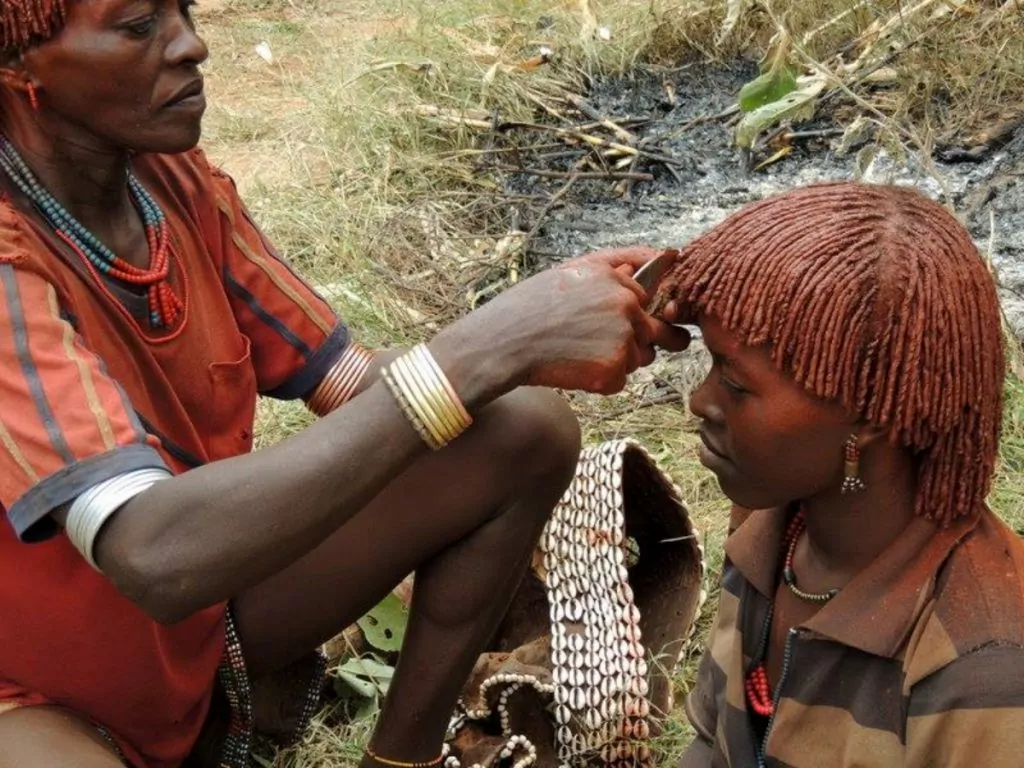
Thick copper or iron rings around the neck and arms indicate status, age and marital status. And women are particularly proud of their whiplash scars.
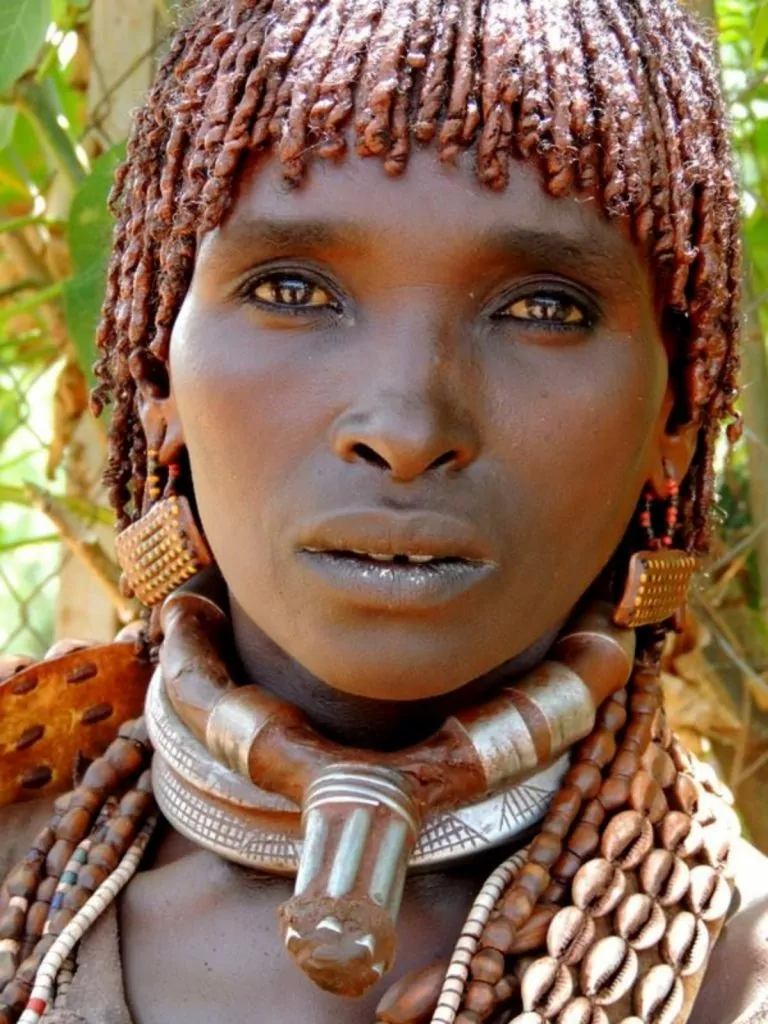
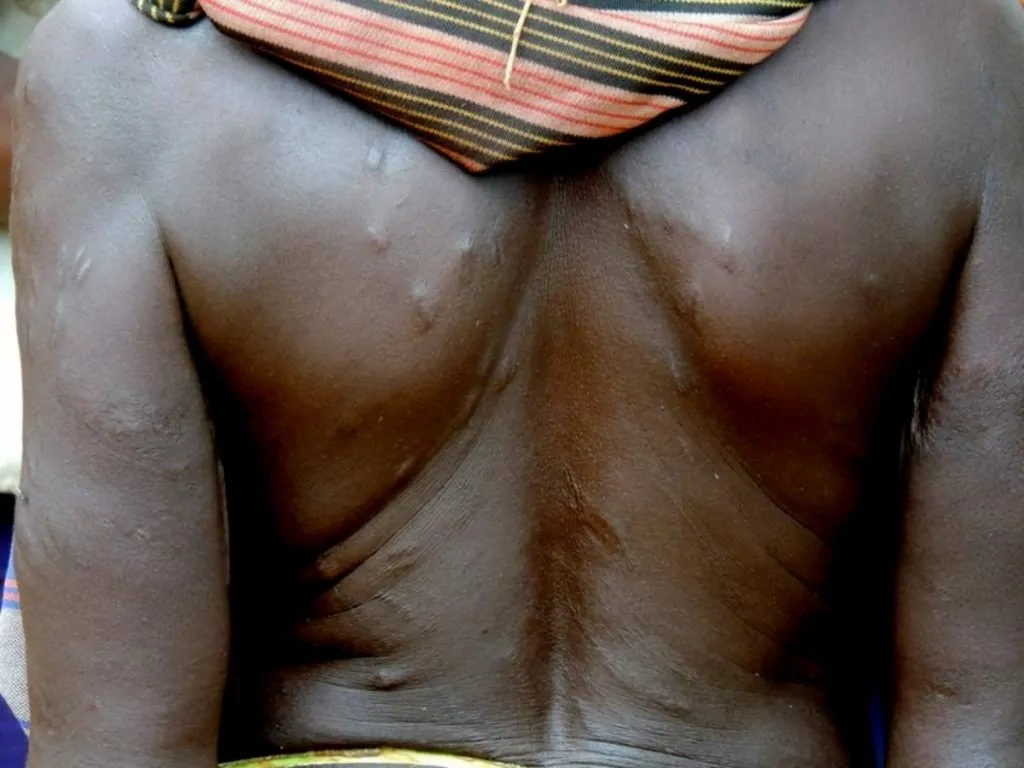
The dress is simple, a skirt made of thin goatskin.
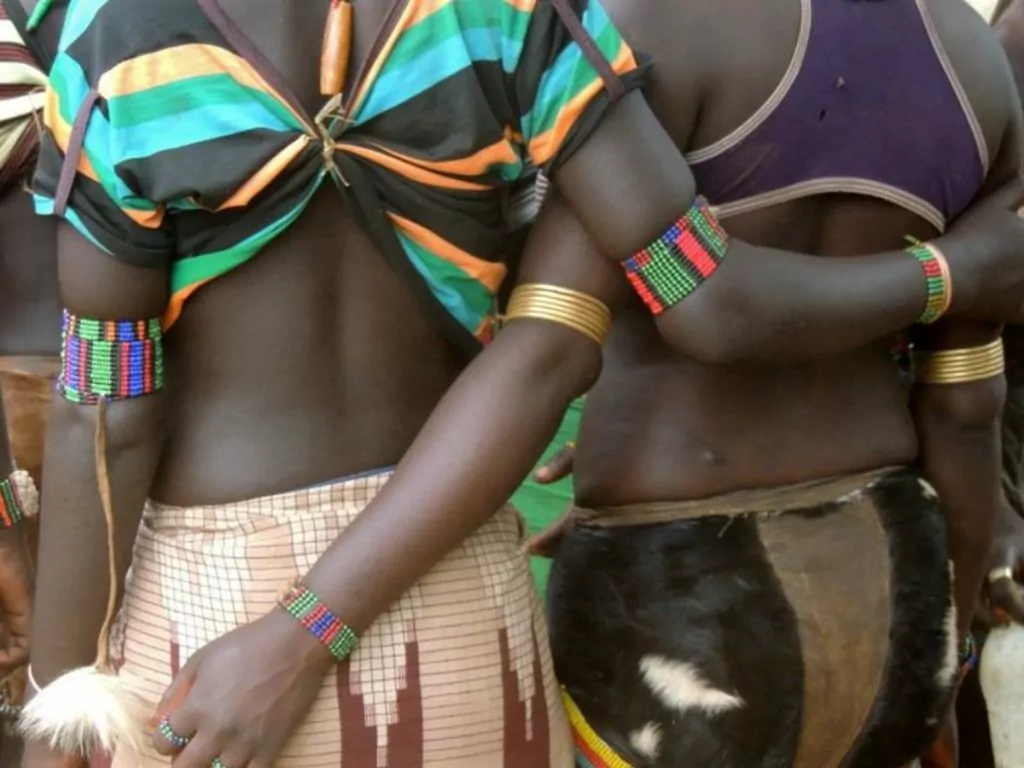
Even the meals, which consist of a kind of porridge, beans, pumpkin and bread, have their own rules. The head of the household eats first and alone and never with his eldest son. When available, they drink a local beer, Persie, or Ala, a drink made from honey.
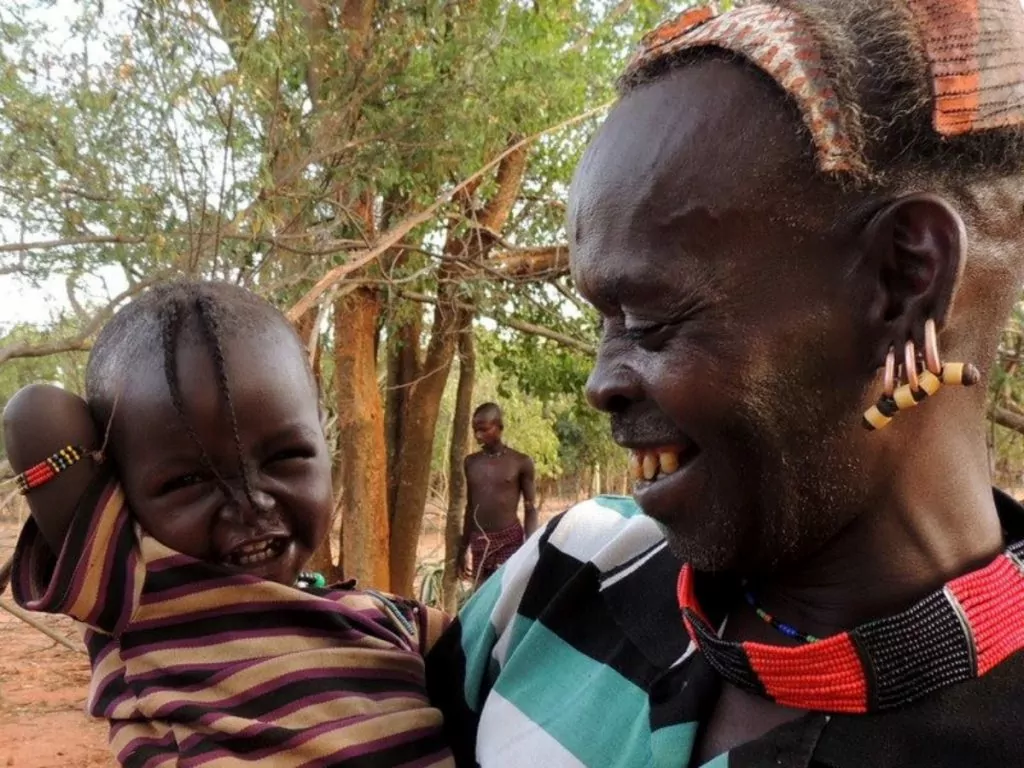
Natural religions are practised as well as some Islam. Hamar believe that trees and stones are animated, they also believe that jinns have influence.
The Hamer tribe moves on and I head deeper into the Omo Valley.
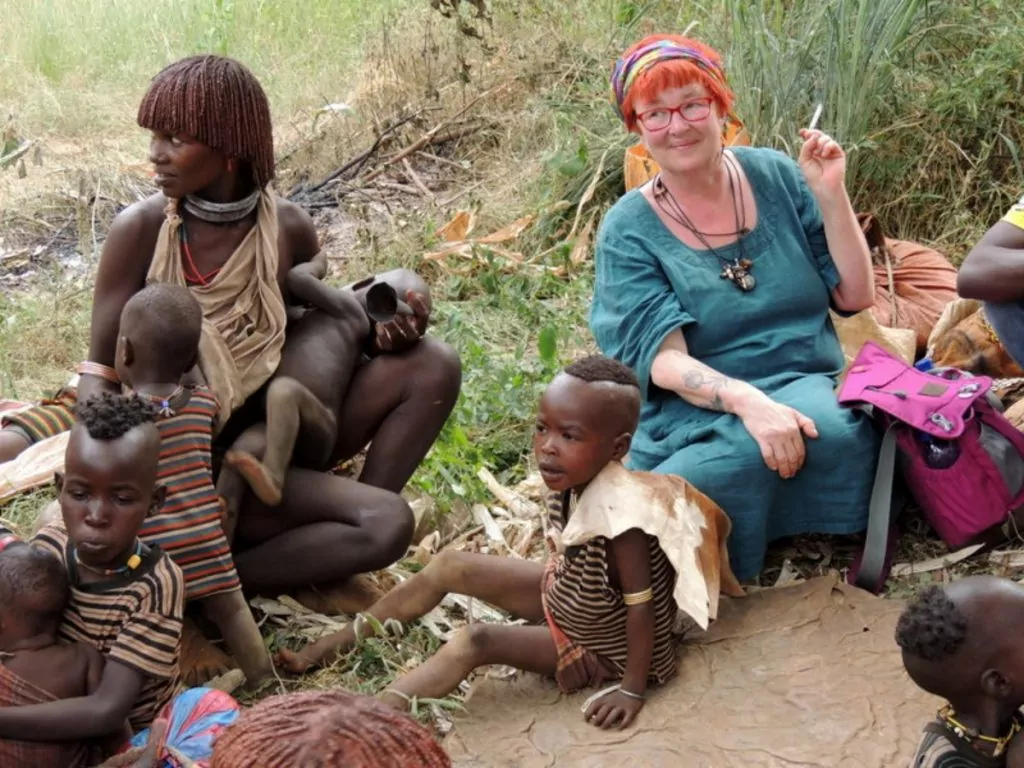
And yes, the boy passed the baptism of fire.
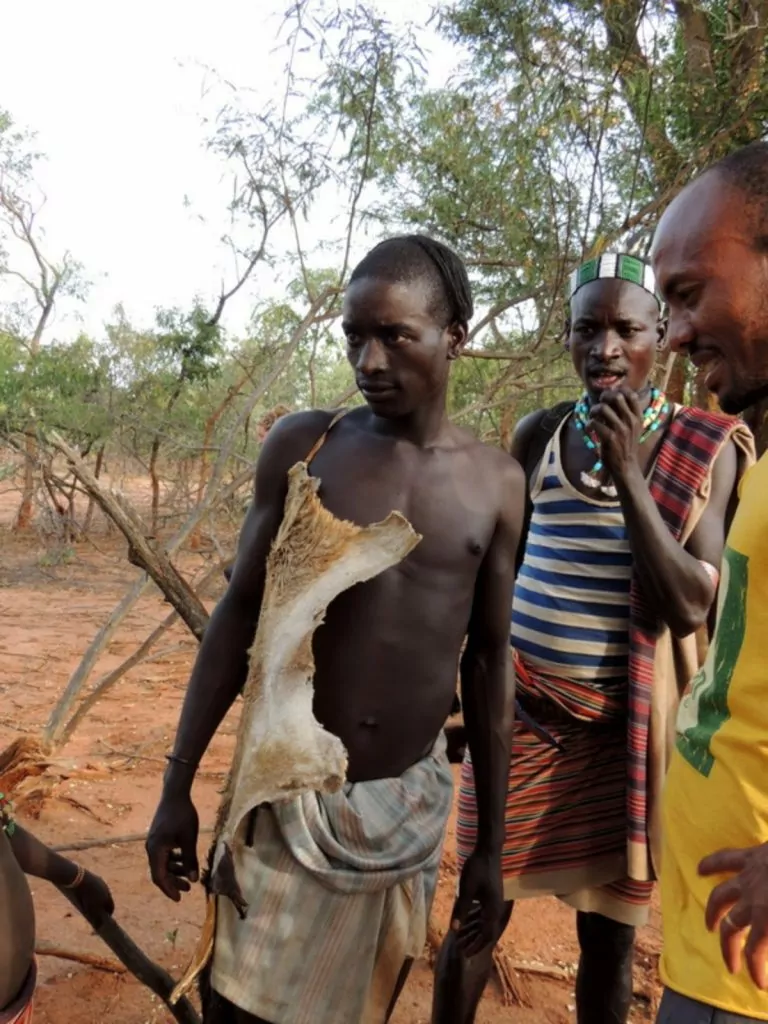


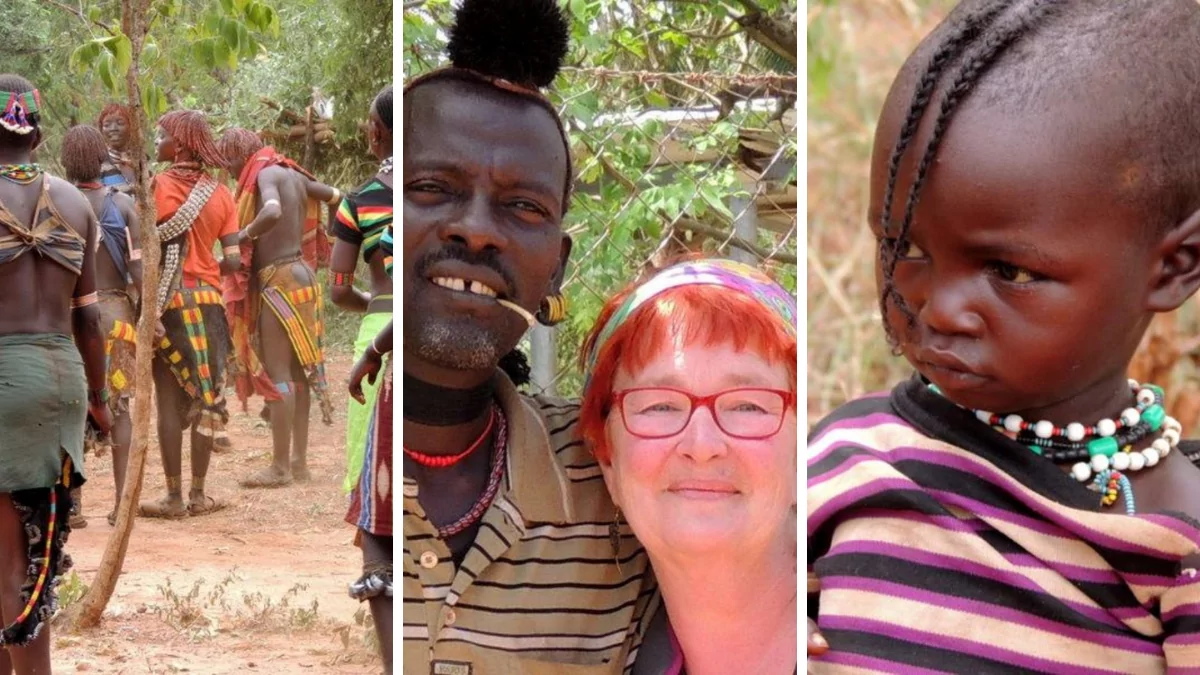






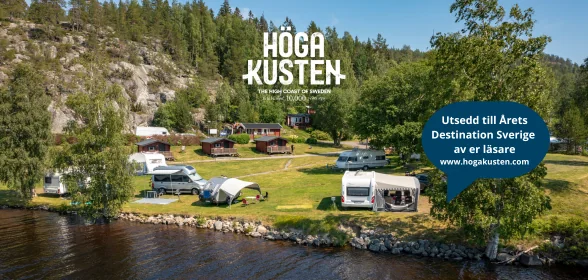


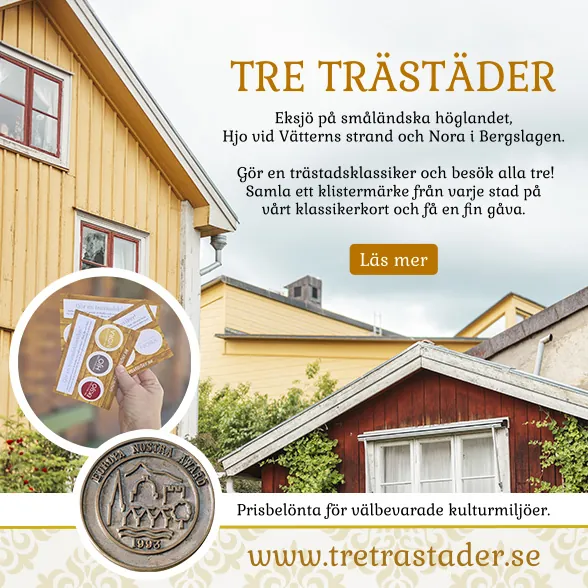
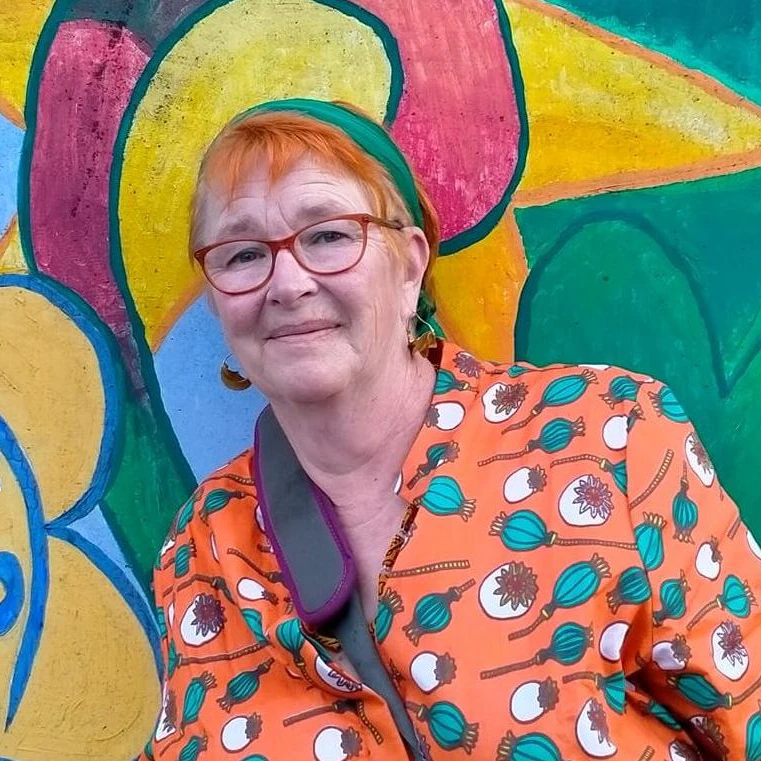
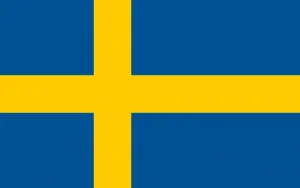
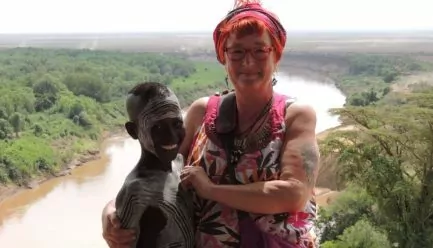
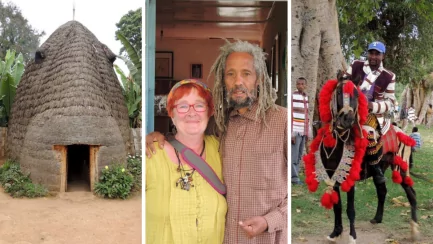
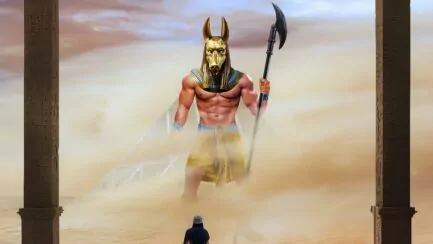
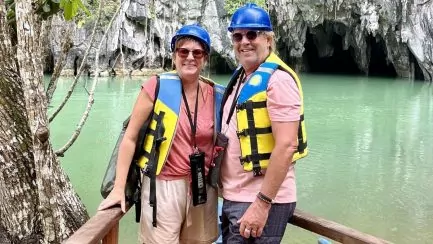
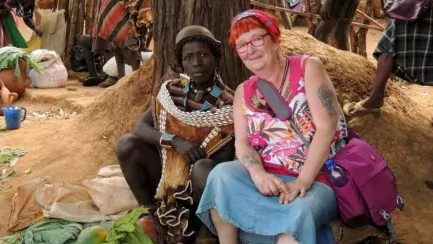




Annar Aas says:
Lovely story with nice pictures. I have visited Ethiopia myself through the aid organisation HBE (hope for Darn in Ethiopia) but have never visited areas with nomads. Thank you for the report.
12 October 2023 - 9:22
Anna Nilsson Spets says:
How nice that you have been there, it is a beautiful country really, but unfortunately extremely poor, a suffering local population and poor infrastructure, but you already know that.
12 October 2023 - 19:21
bmlarstravellingblog says:
What a lovely post you wrote about your experiences. So interesting to experience this rite of manhood.
Then I want to give you a big praise for beautiful photos, so nice!
12 October 2023 - 14:10
Anna Nilsson Spets says:
The Rite of Manhood... well I didn't get to see all the parts, it wasn't allowed. Thanks for the eloquence.
12 October 2023 - 19:23
Lena - good for the soul says:
Interesting! But so crazy with the whippings,...says I, who does not belong to the people... and finds it hard to believe that beatings would ever be okay...! Very fascinating report!
Hug Lena
12 October 2023 - 17:40
Anna Nilsson Spets says:
Thanks Lena, yes the whipping thing, strange. Thanks for reading, say hello to the city
13 October 2023 - 8:08
BP says:
Fascinating information. Incredibly interesting to read, and your photos are, as always, outstanding. How did you gather the information? Was it the guide who told you? Did you take notes or were "memos" enough? Either way - a fantastic report:-)
PS. Whipping the women - that was something completely new to me. Very strange. DS.
12 October 2023 - 19:14
Anna Nilsson Spets says:
Many tribes use various body decorations, some cut themselves and sprinkle soil in the wounds so that the scars become visible. They whip themselves, yes it was a bit strange but the whole atmosphere was like ecstasy.
12 October 2023 - 19:25
Leo says:
Interesting and warm report on Ethiopia. Have been there myself and travelled around. Agree with those comments about this amazing country.
15 October 2023 - 21:52